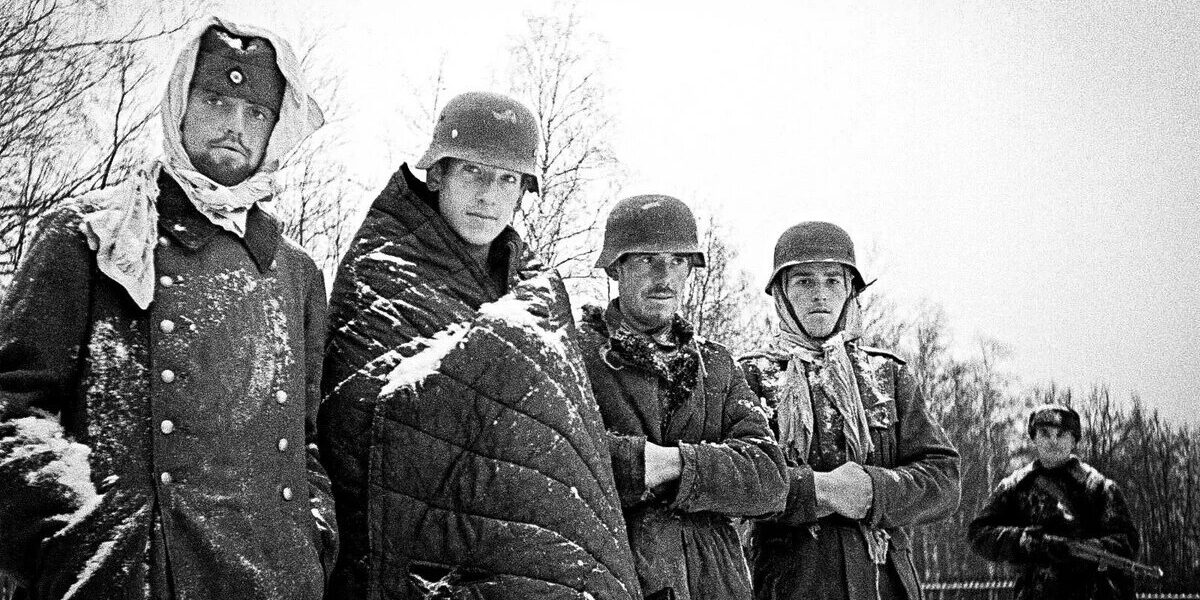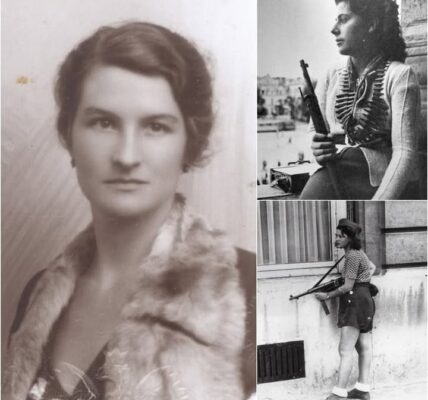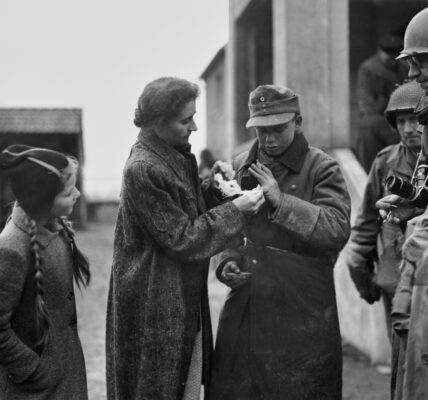

German soldiers covered in ice and snow. Eastern Front. March 27, 1944.
Some believe that the Soviet Union could have fallen before the end of 1941 if Hitler had maintained the momentum and sent his troops against Moscow.
Had Hitler’s generals gotten their way , they would have attacked Moscow at the end of July 1941. But Hitler hesitated, determined to conquer and exploit Ukraine’s resources. And the Soviet Union was given a chance, albeit only for a few weeks, to regroup.
The Nazi attack on Moscow didn’t happen until November – and the Soviets were already prepared. The Battle of Moscow failed, and the Nazi army was forced to retreat. It was one of their first defeats on the Eastern Front.
The Red Army finally had the opportunity to go on the offensive.
“Our aim is to deprive the Germans of any respite,” said Soviet General Georgy Zhukov as he outlined their plan of attack, “to drive them relentlessly westward and force them to use up their reserves before spring arrives.”
The Soviets knew their army had the advantage in winter. As long as the bitter Russian cold slowed the Germans, they attacked with all their might. But when the snow began to melt and spring arrived, the Red Army went on the defensive, simply trying to slow the German advance.
Hitler refused to give an inch. No matter how brutally the Red Army attacked, any general who attempted to retreat was dismissed. Hitler ordered them: “Return to Germany as quickly as possible—but leave the army to me. And the army will remain at the front.”
The Battle of Stalingrad
An early news report on the Battle of Stalingrad.


As Stalin had predicted, Hitler struck back in the summer of 1942. His target was no longer Moscow, but Stalingrad, the strategically important weapons city that bore its leader’s name.
The Battle of Stalingrad was the deadliest confrontation of World War II, claiming two million lives.
During this five-month siege alone, 1.1 million Soviets died—almost three times as many as the Americans lost in the entire war.
“Not a step back!” was Stalin’s order to the men fighting in Stalingrad. No matter how terrible the battle became, not a single Soviet would retreat even an inch.
This included the approximately 400,000 civilians living in the city. There was no evacuation. Instead, every Russian strong enough to hold a rifle was ordered to take up arms and defend the city, while the women were sent to dig trenches at the front.
But the men in Stalingrad had seen how cruel the Nazis could be. They were prepared to do anything to stop these monsters from invading their homeland.
“You see the young girls, the children hanging from the trees in the park,” said a Soviet sniper. “It has an enormous impact.”










